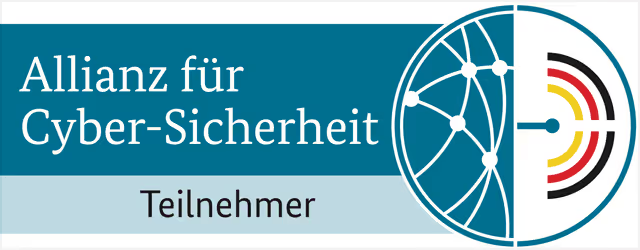We prove if your cloud security mechanisms work; before attackers do !
How It Started
Kennedy Torkura, Nils Karn, and Muhammad Sukmana met at Hasso Plattner Institute, Potsdam, Germany. Kennedy and Muhammad were doing their Ph.D. studies in the cloud security area while Nils was conducting research related to design thinking. In 2020, the three came to the idea of starting an enterprise cloud security solution after they could not find a suitable solution that addresses the challenges of rapidly evolving cloud attacks. Dr. Thomas Fricke, one of the cloud security and Kubernetes experts in Germany, joined the team giving his expertise as well as connections in the German cybersecurity and startup scenes.
Resility GmbH was founded in June 2021 by the team that marked the start of their journey to develop Mitigant, a cloud security solution aiming to make enterprise cloud infrastructure secure and resilient from possible cloud attacks. In December 2021, Resility received the initial funding of seven figures from three German venture capitals: HighTech-Gründerfonds, Brandenburg Kapital, and adesso Ventures.
Why Mitigant?
Traditional cloud security tools scan for misconfigurations but never validate if they're exploitable. Consequently, security teams are left guessing which of thousands of alerts actually matter, and they eventually make decisions based on assumptions rather than proof. Mitigant solves this by safely emulating real adversarial techniques in cloud-native environments to identify exploitable security issues, with evidence.
Mitigant leverages AI to analyze the cloud environment and recommend the most impactful attacks, enabling organizations to run contextual attack emulations. Attacks are mapped to MITRE ATT&CK and ATLAS techniques, and aligned with Cyber Threat Intelligence, helping teams prioritize defenses in alignment with the evolving threat landscape.
Meet The Team




Advisory Board


































